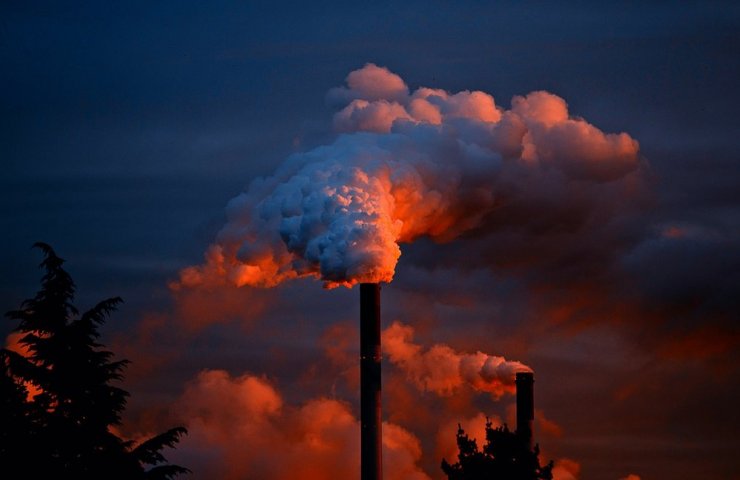Many sectors of the global economy, especially agriculture, cement and steel, are moving in the wrong direction or are adjusting too slowly to limit global warming to 1.5 degrees Celsius, says World Resources Institute report (WRI) and the ClimateWorks Foundation.
“At this pace, the 2015 Paris Agreement targets are to prevent
The report states that emissions from cement and steel production account for nearly half of all industrial emissions worldwide. Researchers estimate that emissions from the cement industry should decrease by 85–91% by 2050 and emissions from the steel industry by 93–100% to achieve climate targets.
The researchers said that in order to meet the emission reduction targets by 2030 and 2050, the growth of renewable energy sources such as solar and wind must be increased fivefold, and the use of coal without carbon capture technology must be phased out by 2040.
“Decisions countries make ahead of next year's UN COP26 climate negotiations could either steer us towards a safer and more resilient future or significantly increase the likelihood of deadly and costly climate impacts such as heat waves, droughts, storms and other extreme events. weather events, ”said Helen Mountford, Vice President Climate and Economics at WRI.
Recall that the World Steel Association published data on carbon emissions per tonne of steel on average for the industry. Taking into account the fact that over the past three years such emissions have practically not decreased, and the world steel production has been steadily growing, it can be concluded that the industry has increased greenhouse gas emissions.





